As we all Know Dalton proposed a theory of Indivisibility of Atom, during 1808. In 1911, Rutherford proved that the atoms consist one more particle, whom he named Proton because it was positively charged. And During 1932, James Chadwick introduced the presence of a Neutron (was named because it have no charge) in the atom to the modern day world.
Where as in context of continuum, (in physics, space-time is any mathematical model that combines space and time into a single interwoven idea is continuum, this 4-dimensional continuum is also known as minkowski space.) many things are still undiscovered. To modern science this concept came in notice just after Einstein’s Special Theory of Relativity on 20th century. Now only since few years NASA is into the serious research in this subject matter. (www.science.nasa.gov/science-news/science-at-nasa/2011/04may_epic/)
But, to our amazement Srimad Bhagavata Purana an ancient Vedic literature written about 3100BCE (around 5100 yrs before) describes atom and molecule as paramanu and anu.
maitreya uväca
caramaù sad-viçeñäëäm aneko ‘saàyutaù sadä
paramäëuù sa vijïeyo nåëäm aikya-bhramo yataù || 3.11.1
The material manifestation’s ultimate particle, which is indivisible and not formed into a body, is called the atom. It exists always as an invisible identity, even after the dissolution of all forms. The material body is but a combination of such atoms, but it is misunderstood by the common man.
sata eva padärthasya svarüpävasthitasya yat
kaivalyaà parama-mahän aviçeño nirantaraù| |3.11.2
Atoms are the ultimate state of the manifest universe. When they stay in their own forms without forming different bodies, they are called the unlimited oneness. There are certainly different bodies in physical forms, but the atoms themselves from the complete manifestation.
And there is something far behind all this Anu and Paramanu, parama-mahAn avisheSho nirantaraH (which is the supreme, absoulete, eternal and unlimited). it is further vividly described in the Paramanu-väda of Kanäda.
evaà kälo ‘py anumitaù saukñmye sthaulye ca sattama
saàsthäna-bhuktyä bhagavän avyakto vyakta-bhug vibhuù|| 3.11.3
In the same way time also has its discrete divisions; one can estimate time by measuring the movement of the atomic combination of bodies. Time is the potency of the almighty Personality of Godhead, Hari, who controls all physical movement although He is not visible in the physical world.
sa kälaù paramäëur vai yo bhuìkte paramäëutäm
sato ‘viçeña-bhug yas tu sa kälaù paramo mahän || 3.11.4
Atomic time is measured according to its covering a particular atomic space. That time which covers the unmanifest aggregate of atoms is called the great time.
Srila Prabhupada explains: Time and space are two correlative terms. Time is measured in terms of its covering a certain space of atoms. Standard time is calculated in terms of the movement of the sun. The time covered by the sun in passing over an atom is calculated as atomic time. The greatest time of all, covers the entire existence of the nondual manifestation. All the planets rotate and cover space, and space is calculated in terms of atoms. Each planet has its particular orbit for rotating, in which it moves without deviation, and similarly the sun has its orbit. The complete calculation of the time of creation, maintenance and dissolution, measured in terms of the circulation of the total planetary systems until the end of creation, is known as the supreme käla.
aëur dvau paramäëü syät trasareëus trayaù småtaù
jälärka-raçmy-avagataù kham evänupatann agät|| 3.11.5
The division of gross time is calculated as follows: two atoms make one double atom (molecule), and three double atoms make one hexatom. This hexatom is visible in the sunshine, which enters through the holes of a window screen. One can clearly see that the hexatom goes up towards the sky.
Atom is described as an invisible particle, but when six such atoms combine together, they are called a trasareëu, and this is visible in the sunshine pouring through the holes of a window screen.
Bhagavata states that the Paramanus never join each other, only by coming close together they produce an illusion of a solid matter, which has specific properties. It is now accepted by the science that an atom of an element has some specific properties but its Subatomic particles have no such properties.
Its is now proven by science that the subatomic particles are not really joined to each other, they are far away from each other. Proton of an atom is at a distance of 40,000 [forty thousand] times the diameter of it from its Electron.
Srimad Bhagavata MahaPurana has correlated the matter with the time, just like the space-time continuum of the modern science. Time is unmanifested (Avyakta), but it enjoys the manifest world (Vyaktabhuk[1]). It comes into existence in a special way, so it is called as ‘ Vibhu’. The finest unit of time is named as Paramanu, which equals to a millionth of a second. To be precise, a Paramanu of time is 0.000032 seconds, according to the Bhagavata.
trasareëu-trikaà bhuìkte yaù kälaù sa truöiù småtaù
çata-bhägas tu vedhaù syät tais tribhis tu lavaù småtaù//3.11.6//
The time duration needed for the integration of three trasarenus is called a truti, and one hundred trutis make one vedha. Three vedhas make one lava.
Srila Prabhupada explains: It is calculated that if a second is divided into 1687.5 parts, each part is the duration of a truti, which is the time occupied in the integration of eighteen atomic particles. Such a combination of atoms into different bodies creates the calculation of material time. The sun is the central point for calculating all different durations.
nimeñas tri-lavo jïeya ämnätas te trayaù kñaëaù
kñaëän païca viduù käñöhäà laghu tä daça païca ca//3.11.7//
The duration of time of three lavas is equal to one nimesa, the combination of three nimesas makes one kñaëän, five kñaëän combined together make one käñöhäà, and fifteen käñöhäà make one laghu.
laghüni vai samämnätä daça païca ca näòikä
te dve muhürtaù pr aharaù ñaò yämaù sapta vä nåëäm//3.11.8//
Fifteen laghus make one naòika, which is also called a daëòa. Two daëòas make one muhürta, and six or seven daëòas make one fourth of a day or night, according to human calculation.
dvädaçärdha-palonmänaà caturbhiç catur-aìgulaiù
svarëa-mäñaiù kåta-cchidraà yävat prastha-jala-plutam//3.11.9//
The measuring pot for one naòika, or danòa, can be prepared with a six-pala-weight [fourteen ounce] pot of copper, in which a hole is bored with a gold probe weighing four masa and measuring four fingers long. When the pot is placed on water, the time before the water overflows in the pot is called one danòa.
Srila prabhupada further explains: It is advised herein that the bore in the copper measuring pot must be made with a probe weighing not more than four masa and measuring not longer than four fingers. This regulates the diameter of the hole. The pot is submerged in water, and the overflooding time is called a danòa. This is another way of measuring the duration of a danòa, just as time is measured by sand in a glass. It appears that in the days of Vedic civilization there was no dearth of knowledge in physics, chemistry or higher mathematics. Measurements were calculated in different ways, as simply as could be done.
yämäç catväraç catväro martyänäm ahané ubhe
pakñaù païca-daçähäni çuklaù kåñëaç ca mänada//3.11.10//
It is calculated that there are four praharas, which are also called yamas, in the day and four in the night of the human being. Similarly, fifteen days and nights are a fortnight, and there are two fortnights, white and black, in a month.
tayoù samuccayo mäsaù pitèëäà tad ahar-niçam
dvau täv åtuù ñaò ayanaà dakñiëaà cottaraà divi//3.11.11//
The aggregate of two fortnights is one month, and that period is one complete day and night for the Pita planets. Two of such months comprise one season, and six months comprise one complete movement of the sun from south to north.
ayane cähané prähur vatsaro dvädaça småtaù
saàvatsara-çataà nèëäà paramäyur nirüpitam//3.11.12//
Two solar movements make one day and night of the demigods, and that combination of day and night is one complete calendar year for the human being. The human being has a duration of life of one hundred years.
graharkña-tärä-cakra-sthaù paramäëv-ädinä jagat
saàvatsarävasänena paryety animiño vibhuù//3.11.13//
Influential stars, planets, luminaries and atoms all over the universe are rotating in their respective orbits under the direction of the Supreme, represented by eternal kala.
saàvatsaraù parivatsara iòä-vatsara eva ca
anuvatsaro vatsaraç ca viduraivaà prabhäñyate//3.11.14//
There are five different names for the orbits of the sun, moon, stars and luminaries in the firmament, and they each have their own samvatsara.
Comparing it with modern system of tme calculation it comes:
One truti – 8/13,500 second
One vedha – 8/135 second
One lava – 8/45 second
One nimesa – 8/15 second
One kshna – 8/5 second
One kastha-` 8 seconds
One laghu – 2 minutes
One danda – 30 minutes
One prahara- 3 hours
One day – 12 hours
One night – 12 hours
One paksa – 15 days
Two Paksa – 1 month
And 12 months comprise one calendar year, or one full orbit of the sun. A human being is expected to live up to one hundred years.
(Here may araise the question that is these units of time have any significance in our practical life? Why the Veda found it so important to mention it here? It is not quite possible to explain all the uses of these different time units practically so we will briefly mention here. These time units are divided to different scale to meet different needs starting from day to day life to universal science. for example in ayurVeda 1 Kastha equals to 2 prana (respiration) and based on this time calculation ancient ayurvdacarya used to figure out the health condition of a person, smaller units were used to calculate the distance by time travelled by certain mass on certain time by certain speed, prepereation of medicine, mixing of chemicals in rasaalayam, launching of arms and artiliries etc The Paksa, months and ritu were also widely used for agriculture, pregnancy, cooking and preserving, harvesting and collecting the treassures of the forests. furthermore the Astrologers they use these time divisions based on the 12 rashis and the 27 naksatras for forcast of astrology, seasonal and festival calendar, eclipse, auspicious and inaspiciousness etc. Based on this same time system the universe functions, seasons change, planets move, living entity and demigods functions, devastation occurs etc.).
As in verse 3.11.6 we can see time is calculated in relation with matter and furthermore space time and time travelling is also clearly described in Srimad Bhagavad mahapurana ahead.
maitreya uvächa
kritam tretä dväparam ca kaliç ceti catur-yugam
divyair dvädashabhir varñaiù sävadhänam nirüpitam //3.11.18//
Maitreya said: O Vidura, the four millenniums are called the Satya, Tretä, Dväpara and Kali yugas. The aggregate number of years of all of these combined is equal to twelve thousand years of the demigods.
catväri tréni dve caikam kritädiñu yathä-kramam
saìkhyätäni sahasräëi dvi-guëäni çatäni ca //3.11.19//
The duration of the Satya millennium equals 4,800 years of the years of the demigods; the duration of the Treta millennium equals 3600 years of the demigods; the duration of the Dväpara millennium equals 2,400 years; and that of the Kali millennium is 1,200 years of the demigods.
svam svam kälam manur bhuìkte sädhikäm hy eka-saptatim //3.11.24//
Each and every Manu enjoys a life of a little more than seventy-one sets of four millenniums.
Simplified form
There are 4 yuga (millenniums) namely satya, treta, dwapar and kali each of
Satya 1728000 yrs
Treta 1296000 yrs
Dwapar 864000 yrs
Kali 432000 yrs
4 yugas (satya, treta, dwapar, kali) together is called a Divya yuga.
71 divya yuga = 1 manmantar
14 manmantar= A day of bramha (12 hrs)
The years of the demigods are equal to 360 years of humankind. Then
The duration of life of a Manu comprises seventy-one sets of four millenniums, or a divya yuga here in a earth then The duration of life of one Manu is about 852,000 years in the calculation of the demigods, or, in the calculation of human beings, 306,720,000 years. And 12 hrs (A day) of bramha equals where 14 manmantar passes 306720000X 14= 4294080000 human years, and night of same time span. Bramha lives in satya loka with 100 yrs life span of his own time calculation which equals aprox. 311,040,000,000,000 years here in earth.
kälo ‘yam dvi-parärdhäkhyo nimesa upacaryate
avyäkritasyänantasya hya anäder jagad-ätmanah//3.11.38//
The duration of the two parts of Brahmä’s life, as above mentioned, is calculated to be equal to one nimesa [less than a second] for the Supreme Personality of Godhead, who is unchanging and unlimited and is the cause of all causes of the universe.
The great sage Maitreya has given a considerable description of the time of different dimensions, beginning from the atom up to the duration of the life of Brahmä. Now here its given some idea of the time of the unlimited Supreme Personality of Godhead. Who is always in yoga-nidrä. And because He sleeps, naturally He must breathe, and the Brahma-samhitä confirms that within His breathing period innumerable Brahmäs take birth and die. Eternal time is never lost along with the life of Brahmä. It continues, but it has no ability to control the Supreme Personality of Godhead because the Lord is the controller of time. In the spiritual world there is undoubtedly time, but it has no control over activities. Time is unlimited, and the spiritual world is also unlimited, since everything there exists on the absolute plane.
kälo ‘yam paramänv-ädir dvi-parärdhänta Ishvarah
naivesitum prabhur bhümna ishvaro dhäma-mäninäm//3.11.39//
Eternal time is certainly the controller of different dimensions, from that of the atom up to the super divisions of the duration of Brahmä’s life; but, nevertheless, it is controlled by the will of Supreme Lord. Time can control even up to the Satyaloka or the other higher planets of the universe
Einstein’s theory of special relativity and time travelling concept is under experiment via NASA under the project entitled Fundamental Physics in space using the special microgravity conditions of space to test out new ideas about the laws of nature. Scientists working on these questions are doing some very strange things! Whereas Vedavyasa in Srimad Bhagavad Mahapuranam not only explains about Space-time Continuum and Atomic Concept, but also mentioned multiple examples showing the effects of time differences in differences planets.
The incident involving king Kakudmi and Revati
One such classic example is that of King Kakudmi and his daughter Revati, who travelled to different loka (dimension) and returned to earth in future time. Kakudmi a descendant of the Sun Dynasty (Suryavansha) had a daughter Revati was so beautiful and so accomplished that when she reached a marriageable age, Kakudmi, thinking no one upon earth was worthy of her, went to the Creator himself, Lord Brahma, to seek his advice about a suitable husband for his daughter. When they arrived, Brahma was listening to a musical performance by the Gandharvas, so they waited patiently until the performance was finished. Then, Kakudmi bowed humbly, made his request and presented his shortlist of candidates. Brahma laughed loudly, and explained that time runs differently on different planes of existence, and that during the few minutes they had waited in Brahma-loka to see him, 27 chaturyugas (a cycle of four yugas, totalling 108 yugas, or Ages of Man had passed on earth. (Refer up for calculation in human years.)
tat putra-pautra-napitrinäm goträni ca na srinmahe
kälo ‘bhiyätas tri-Nava-catur-yuga-vikalpitah
Brahma said to Kakudmi, “O King, all those whom you may have decided within the core of your heart to accept as your son-in-law have died in the course of time. Twenty-seven catur-yugas have already passed. Those upon whom you may have already decided are now gone, and so are their sons, grandsons and other descendants. You cannot even hear about their names. You must therefore bestow your daughter upon some other husband, for you are now alone, and your friends, your ministers, servants, wives, kinsmen, armies, and treasures, have long since been swept away by the hand of time.”
King Kakudmi was astonished on hearing this news. However, Brahma comforted him, and added that Spreme lord himself, with his plannery portion Balarama had appeared currently on earth in the forms of Krishna and Balarama, and he recommended Balarama as a worthy husband for Revati.
Kakudmi and Revati then returned to earth, which they regarded as having left only just a short while ago. They were shocked by the changes that had taken place. Not only had the landscape and environment changed, but over the intervening 27 chaturyugas (Divyayugas), in the cycles of human spiritual and cultural evolution, mankind was at a lower level of development than in their own time. The Bhagavata Purana describes that they found the race of men had become “dwindled in stature, reduced in vigor, and enfeebled in intellect.”
Daughter and father found Balarama and proposed the marriage, which was accepted. Since Revati came from different time behind him, she was taller than Balarama. So, Balaram used his plough to reduce her height according to present conditions. Their marriage was then duly celebrated.
The incident involving King Muchukunda
Muchukunda (ancestor of Sri Rama), son of King Mandhata, was born in the Ikshvaku dynasty (Suryavansha). In a battle, demons dominated the Devatas. So, Indra the King of Devetas requested King Muchukunda to help them in war.
King Muchukunda agreed to help them and fought against the demons for a long time. Since the Devetas did not have an able commander, king Muchukunda protected them against the demonic onslaught, until the Devetas got an able commander like Kartikeya, the son of Lord Shiva.
Then Indra said to the king Muchukunda, “O king, we, the Devetas are indebted to you for the help and protection which you have given us, by sacrificing your own family life. Here in the heaven, one year equals three hundred and sixty years of the earth. Since, it has been a long time, there is no sign of your kingdom and family because it has been destroyed with the passage of time. You came here in Treta Yuga and now its Dwapara Yuga on earth.
We are happy and pleased with you, so ask for any boon except Moksha(liberation) because it is beyond our capacities“ (Moksha can be only given by Lord Hari). While fighting on the side of the Devetas, king Muchukunda did not get an opportunity to sleep even for a moment. Now, overcome by tiredness, he was feeling very sleepy. So, he said, “O King of the Devetas, I want to sleep. Anyone who dares to disturb my sleep should get burnt to ashes immediately“. Indra said, “So be it, go to the earth and enjoy your sleep, one who awakens you would be reduced to ashes“.
After this, king Muchukunda descended to earth and selected a cave, where he could sleep without being disturbed. Kalayavan (Yavana/Yona/Greek) warrior king was undefeated and unmatched in battle due to a boon, but he was also merciless and cruel.
He learns that Krishna is the only person who can defeat him in battle and accepting this challenge sets out to invade Krishna’s kingdom, Mathura. When the two armies faced each other in battle, Krishna dismounts from his chariot and starts walking away, followed by Kalayavan. After a long time Krishna, followed by Kalayavan, enters a dark cave. In this cave Muchukunda was sleeping since the time he was blessed by king of Devetas.
The person on whom Muchkunda’s gaze falls is doomed to instantaneous death. Kalayavan in a fit of anger and unable to see in the dark attacks Muchukunda mistaking him to be Krishna. When Muchkunda opens his eyes, his gaze falls on Kalayavan who is immediately burnt to death.
The incident involving Mahasena
Gandasailavalokanam in Tripura Rahasya (naratted by Dattatreya to Parasurama)
Mahasena, brother of Vanga King Sushena sent his army along with horse to perform Aswamedha Yagam.
When the army crossed a sage named Tangana, who was in meditation, they did not pay respect to him and proceeded further. Sage’s son noticed the insult to his father and was exasperated. He caught the sacrificial horse and fought the heroes guarding it.
They surrounded him on all sides but he together with the horse entered a hill (Gandasaila), before their eyes. Noticing his disappearance in the hill, the invaders attacked the hill. The sage’s son re-appeared with a huge army, fought the enemy, defeated them and destroyed Susena’s army. He took many prisoners of war, including all the princes and then re-entered the hill. A few followers who escaped fled to Sushena and told him everything. Sushena was surprised and said to his brother to respect the sage and bring back the horse.
Knowing the problem of king, Tangana asked his son to release the horse. But even after that Mahasena was curious to know how huge army emerged from inside a hill. Tangana’s son made Mahasena leaves his physical body outside the hill and took his ativahika sarira (astral body) inside.
As he entered, Mahasena saw the sky above, enveloped in the darkness of night and shining with stars. He ascended there and looked down below; he came to the region of the moon and was benumbed with cold. Protected by the saint, he went up to the Sun and was scorched by its rays. Again tended by the saint, he was refreshed and saw the whole region a counterpart of the Heaven. He went up to the summits of the Himalayas with the saint and was shown the whole region and also the earth. Again endowed with powerful eye-sight, he was able to see far-off lands and discovered other worlds besides this one. In the distant worlds there was darkness prevailing in some places; the earth was gold in some; there were oceans and island continents traversed by rivers and mountains; there were the heavens peopled by Indra and the Gods, the asuras, human beings, the rakshasas and other races of celestials. The king was struck with wonder on seeing the yogic power of the saint. The sage’s son said to him: ‘This sightseeing has lasted only a single day according to the standards prevailing here; whereas 1,200,000,000 years have passed by in the world you are used to. So let us return to my father.‘ Outside the hill, sage’s son made Mahasena go into sleep and united his astral body with the preserved physical body.
When Mahasena wokeup, he found the whole world to have entirely changed, whole cycle is changed while he dwell few hours inside a mile long mountain.
These are few examples how clearly Bhagavad purana has explained Space-time Continuum, Atomic Concept and theory of relativity which are still science-fiction subjects for present day human beings. Not only these but Srimad Bhagavad Mahapuranam actually takes us to the platform of the ultimate, the purest, the Absolute Truth, the eternal, transcendental, original person, the unborn, the greatest Sri KRISHNA which is above all science and only the purpose of all Science.
(Published in Review Nepal, February 12, 2016)
From the book “Origin of Science”
Hare Krishna.
[1] Bhuk has two main meanings one to eat or enjoy and the second is to protect. Time protects the cosmic manifestation from the misuse or abuse of the living entities.
Views: 187

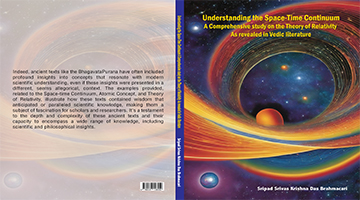
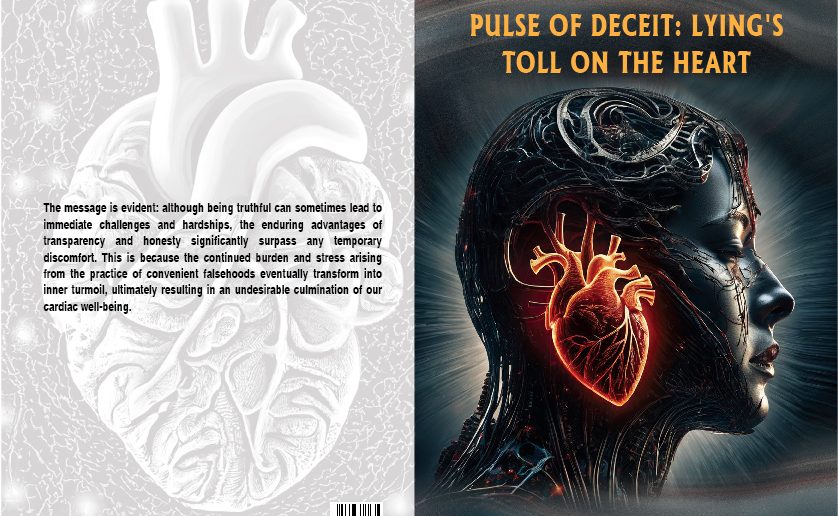
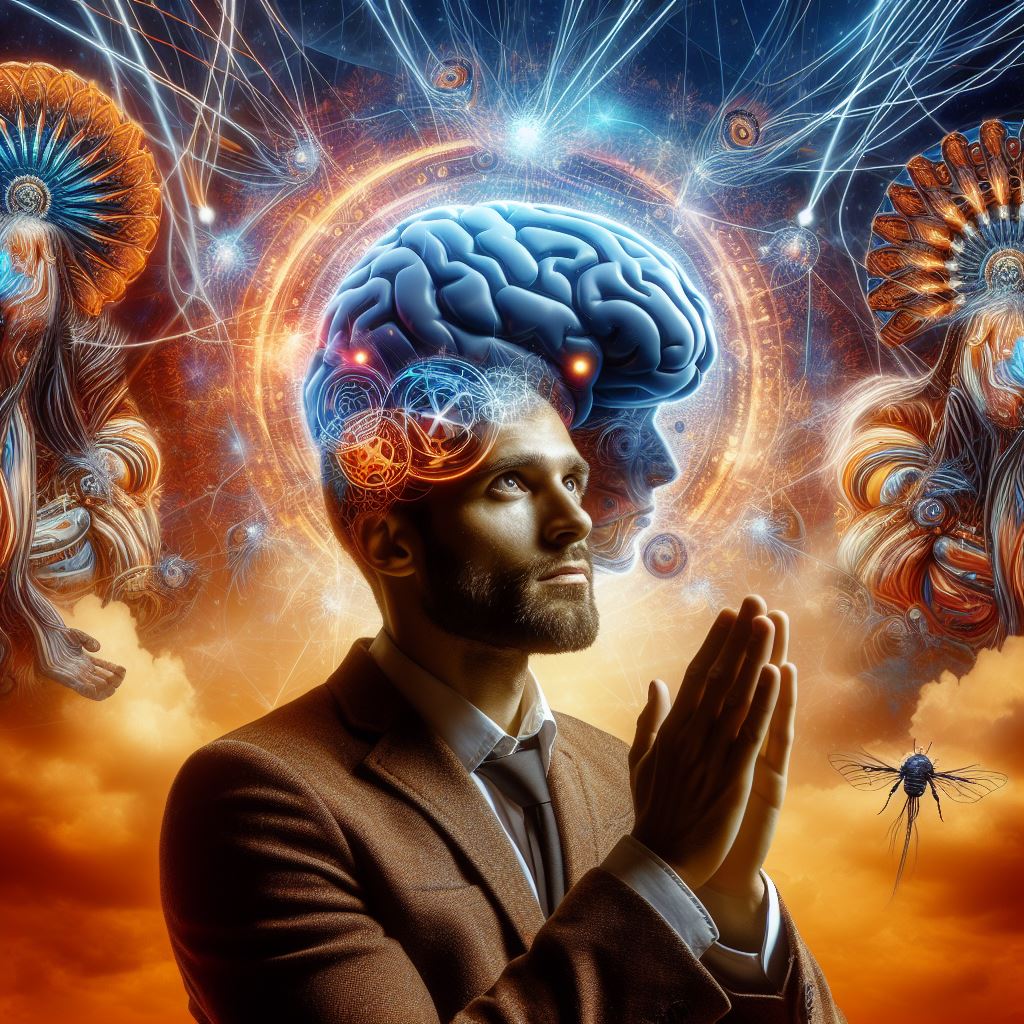
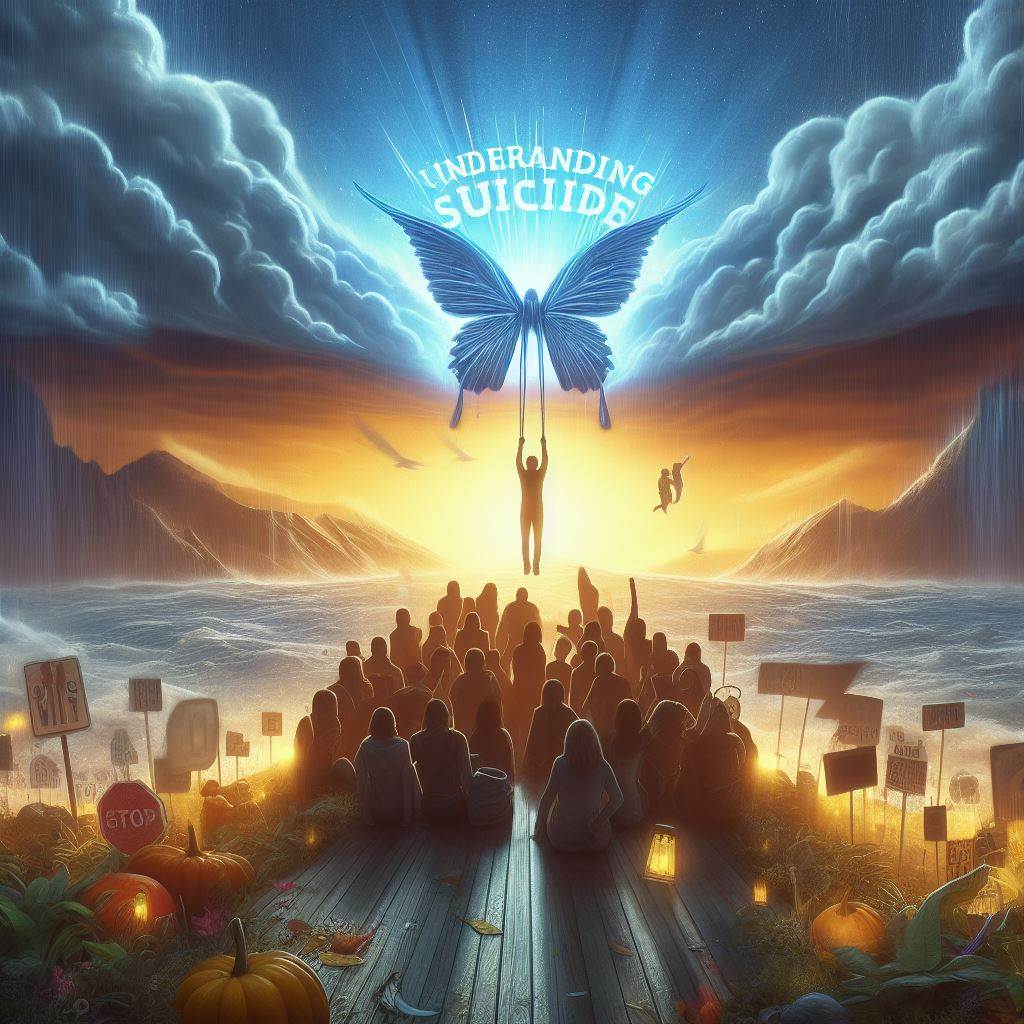
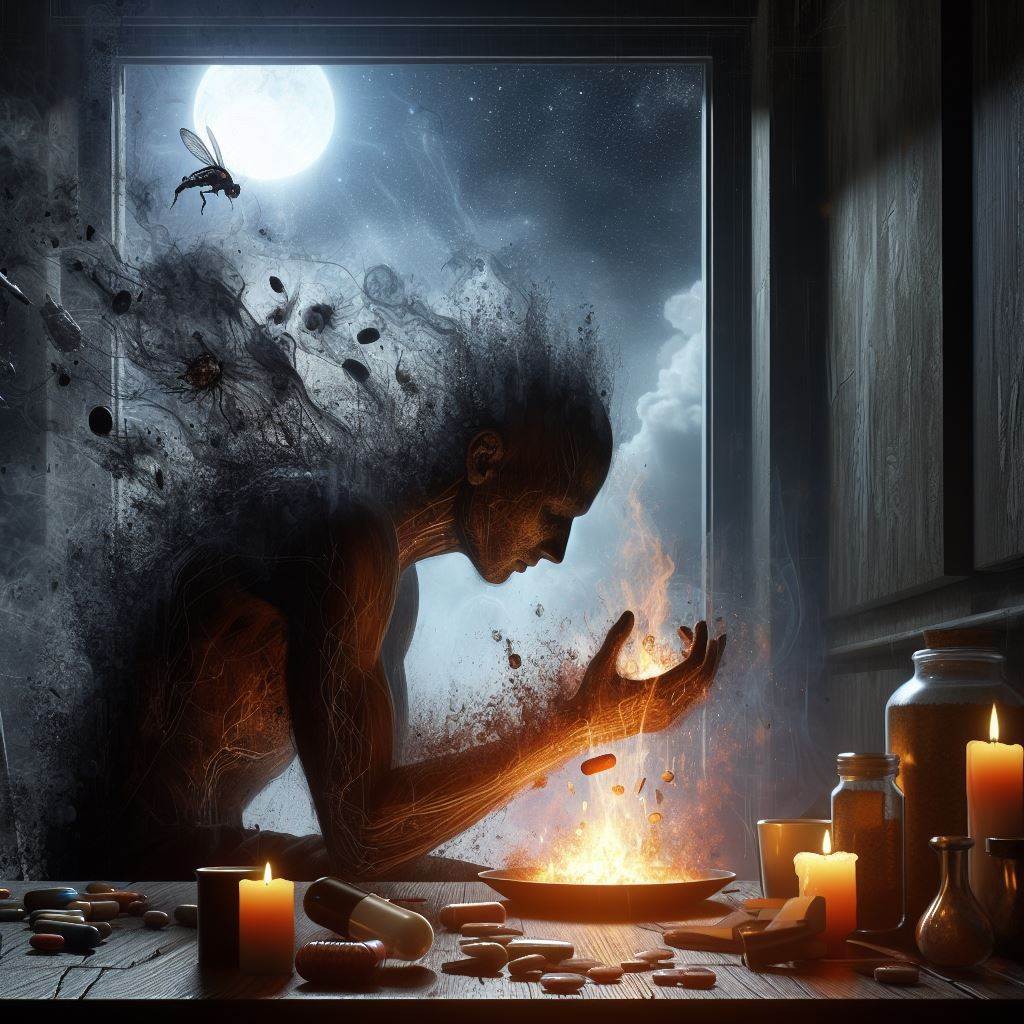
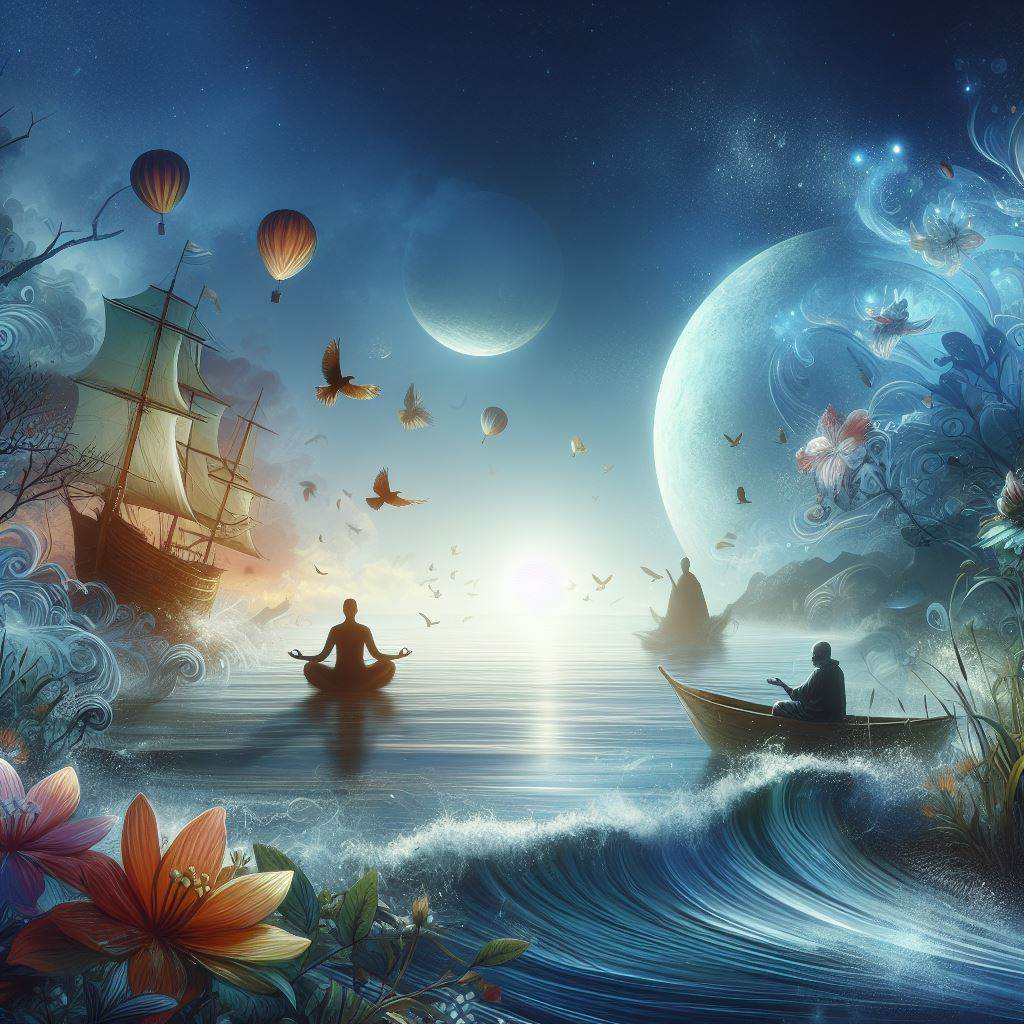







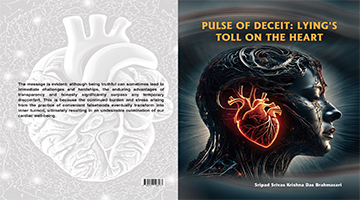
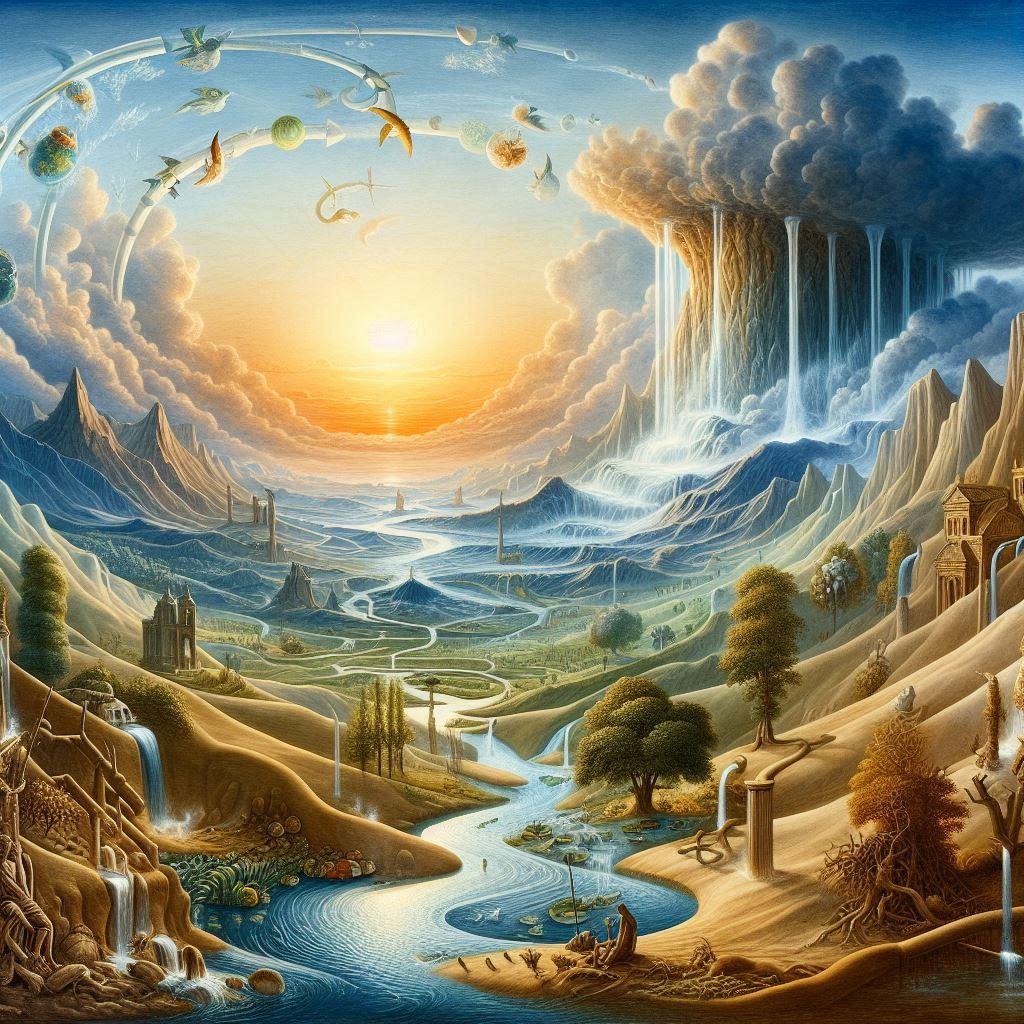
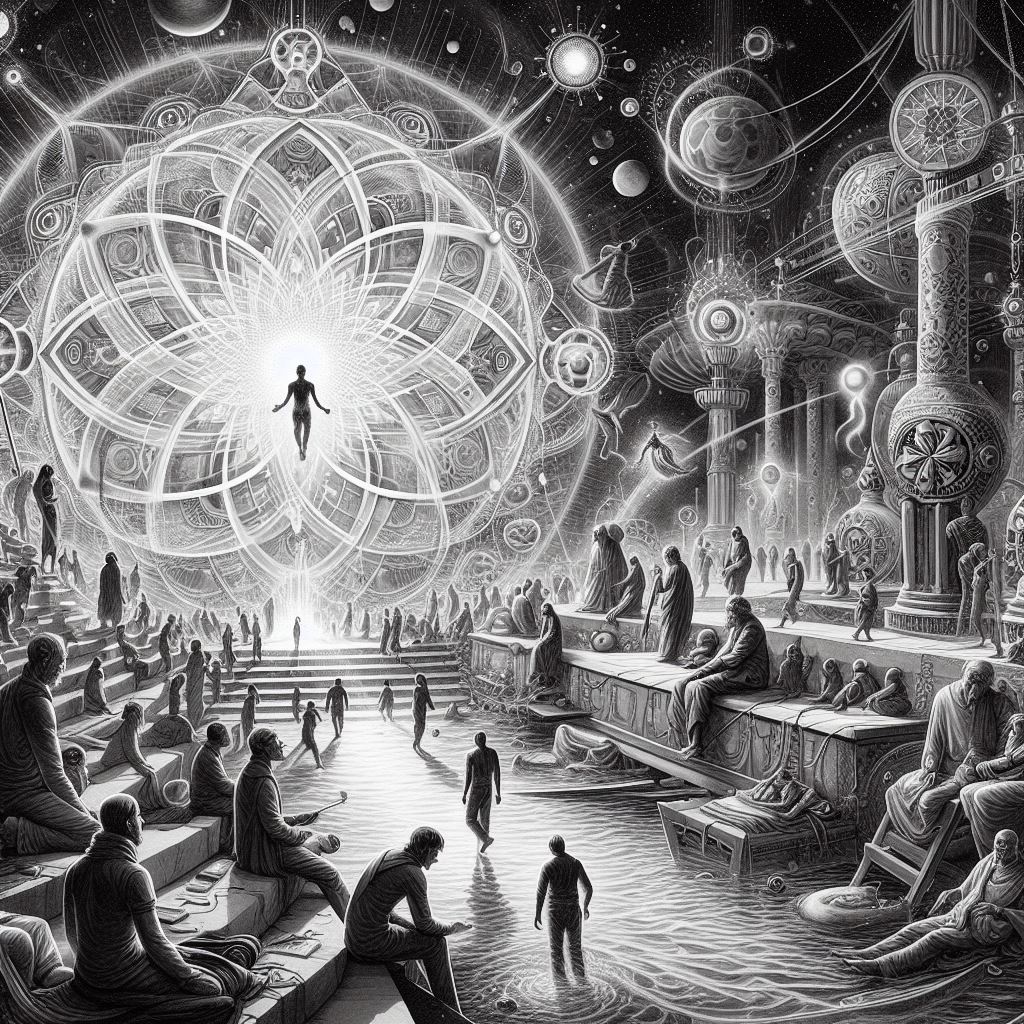




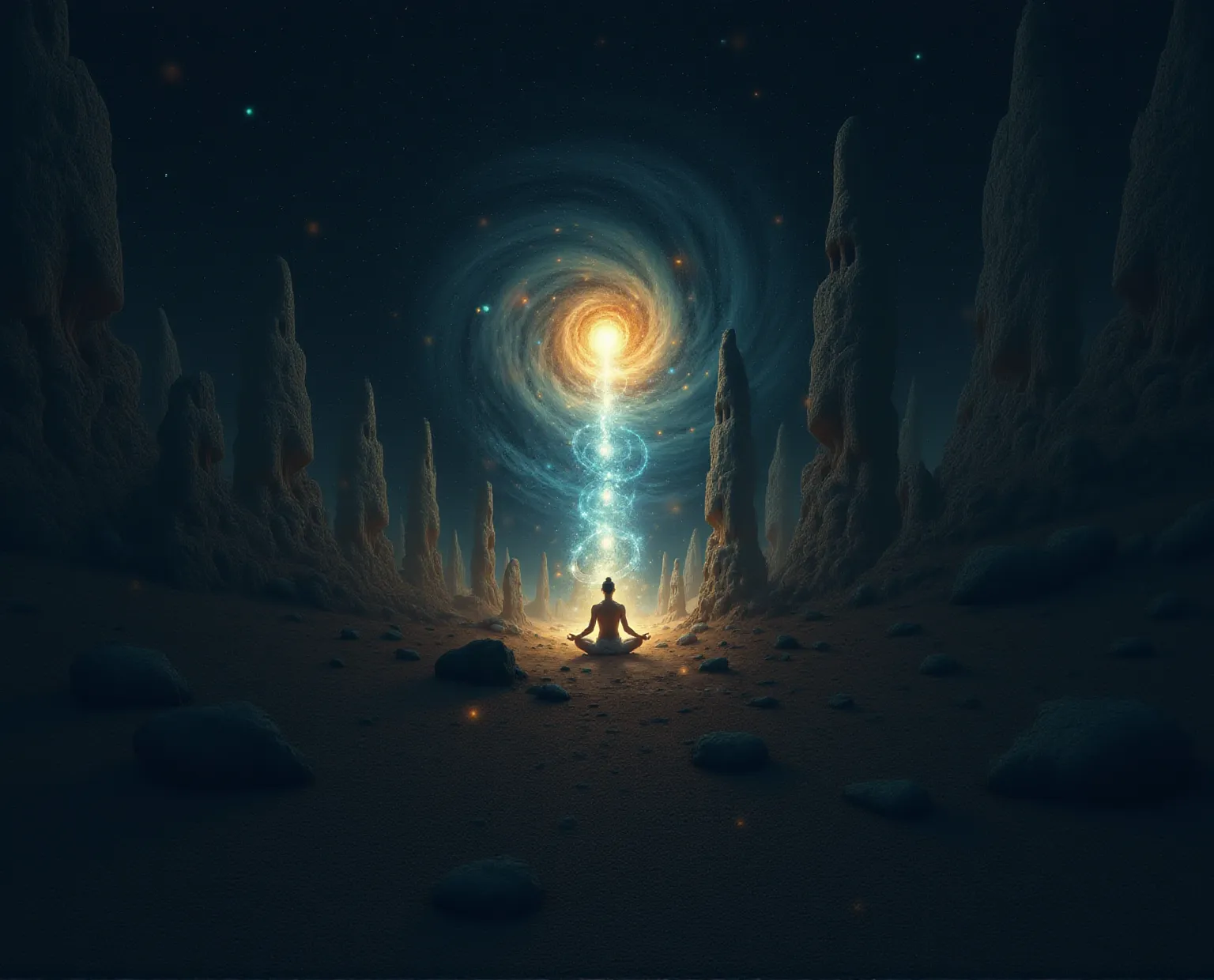
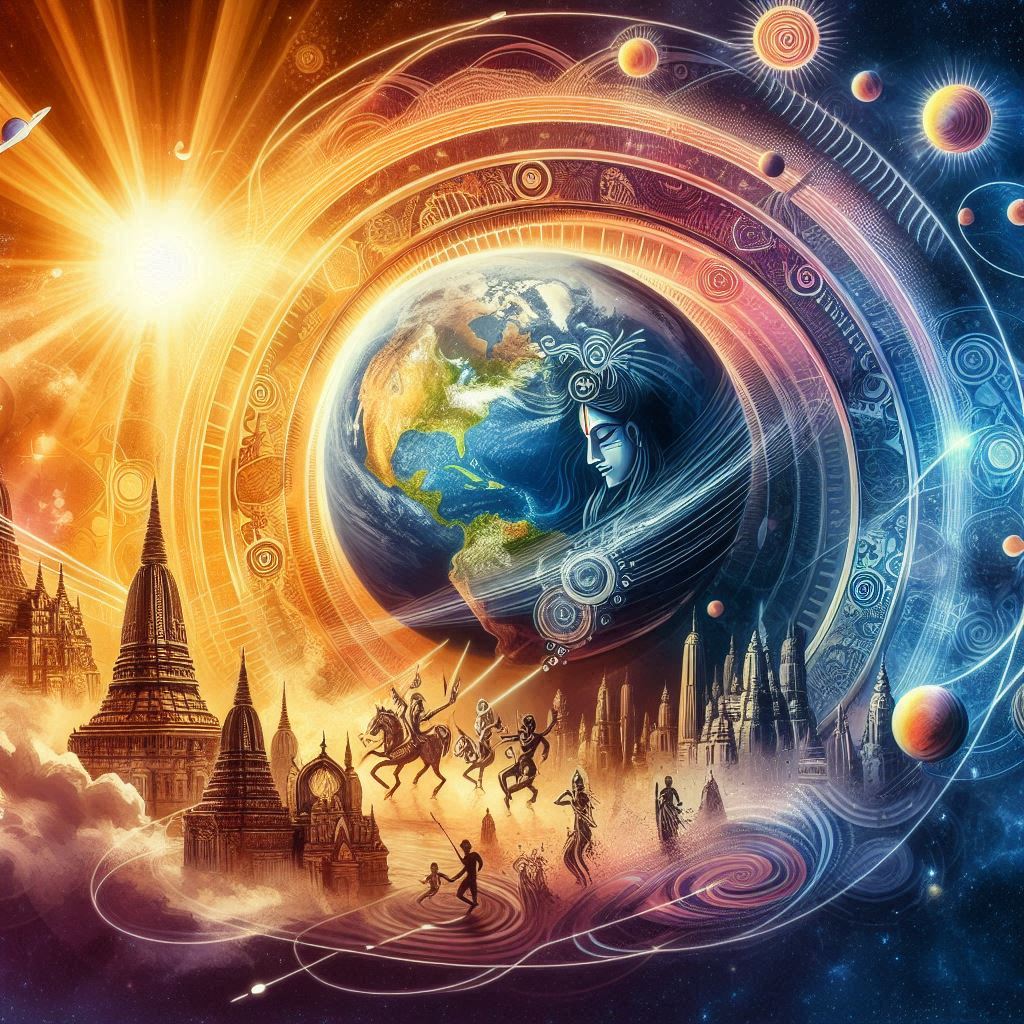
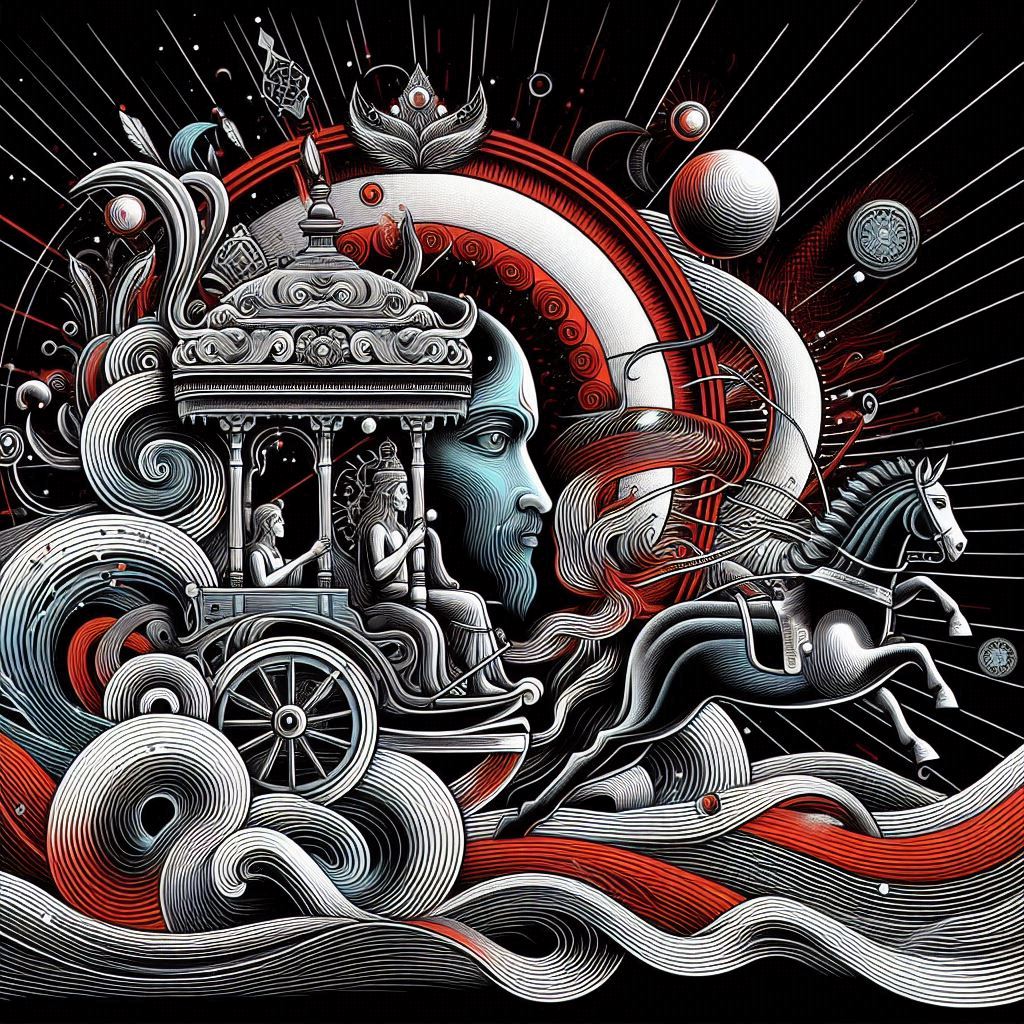
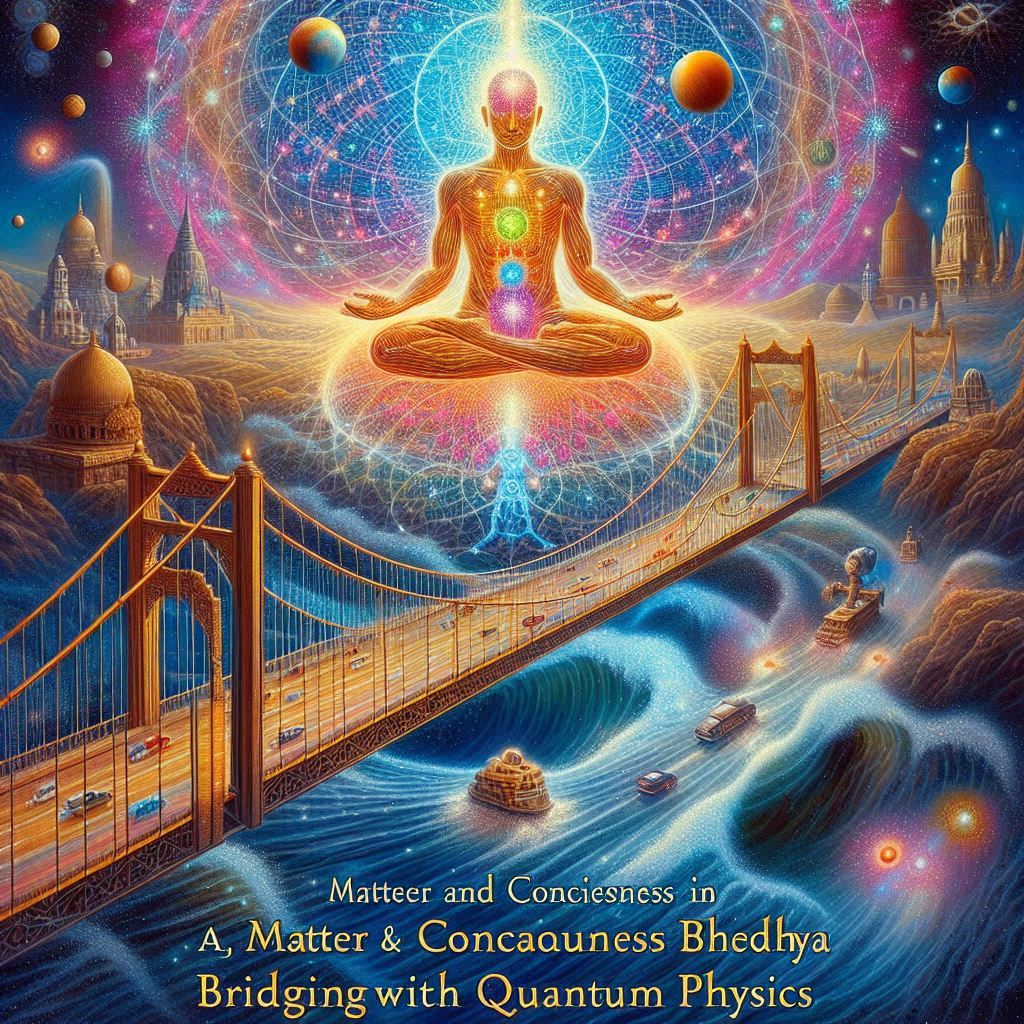
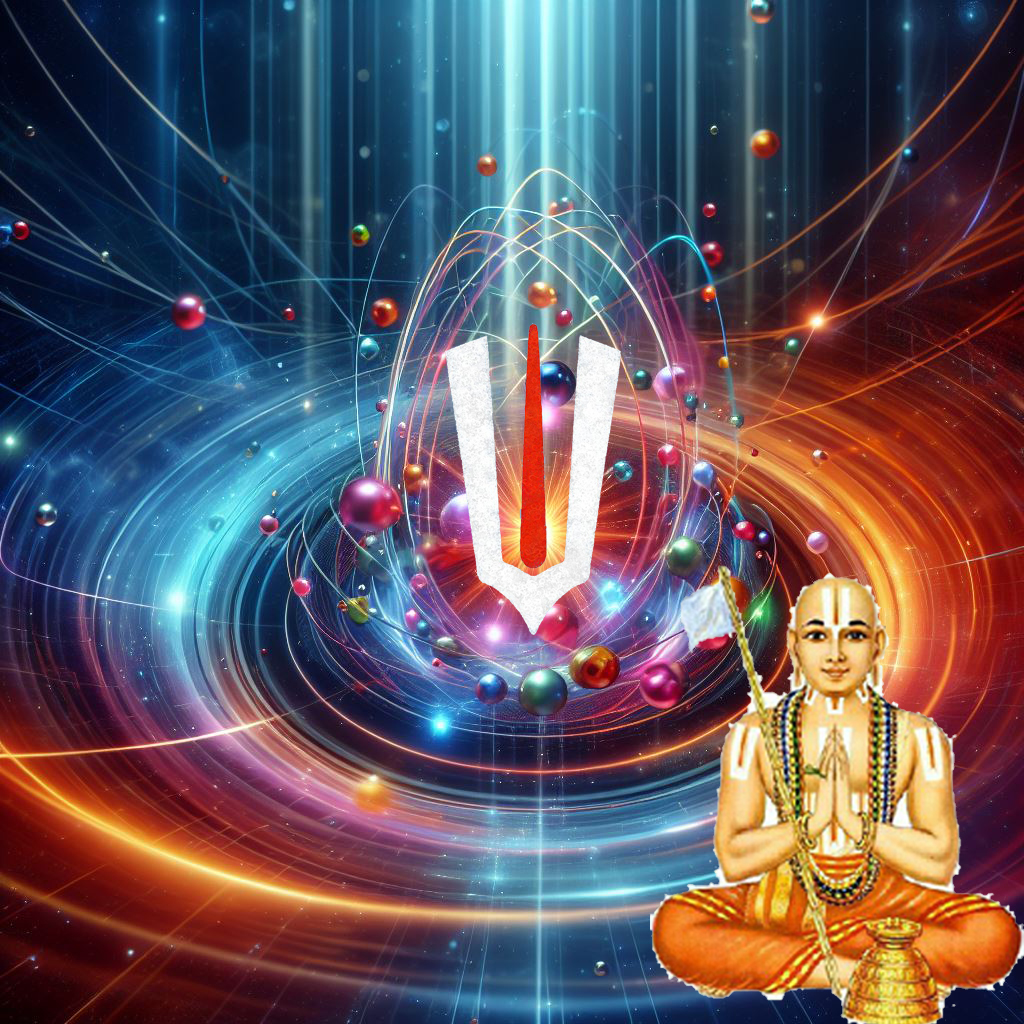
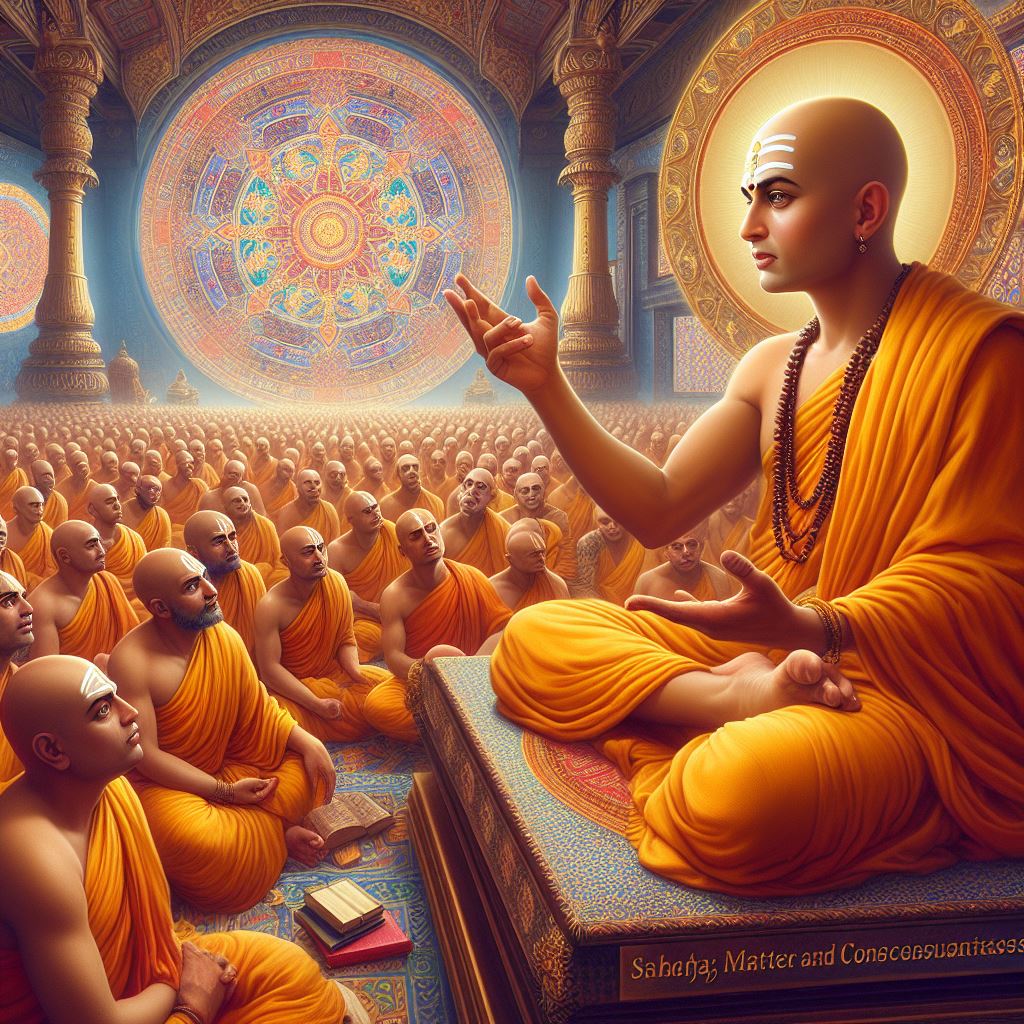
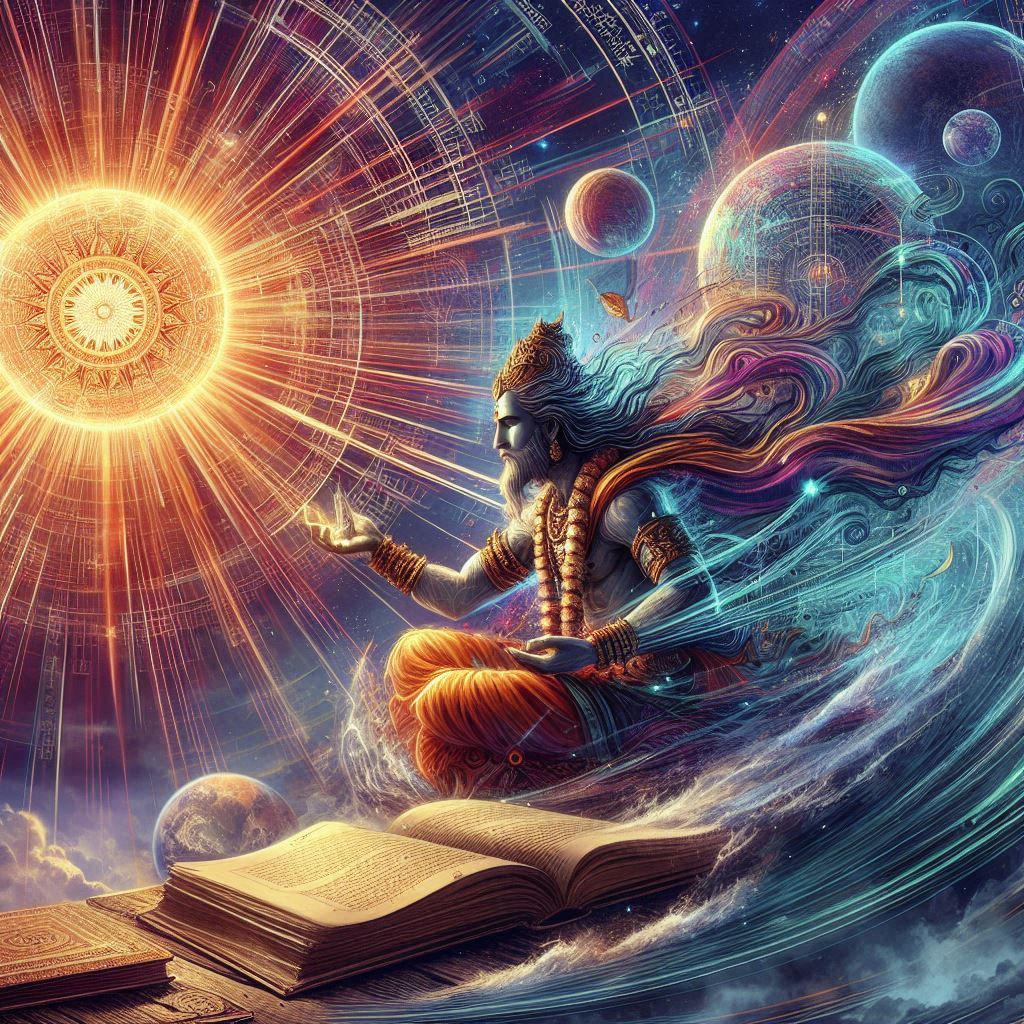
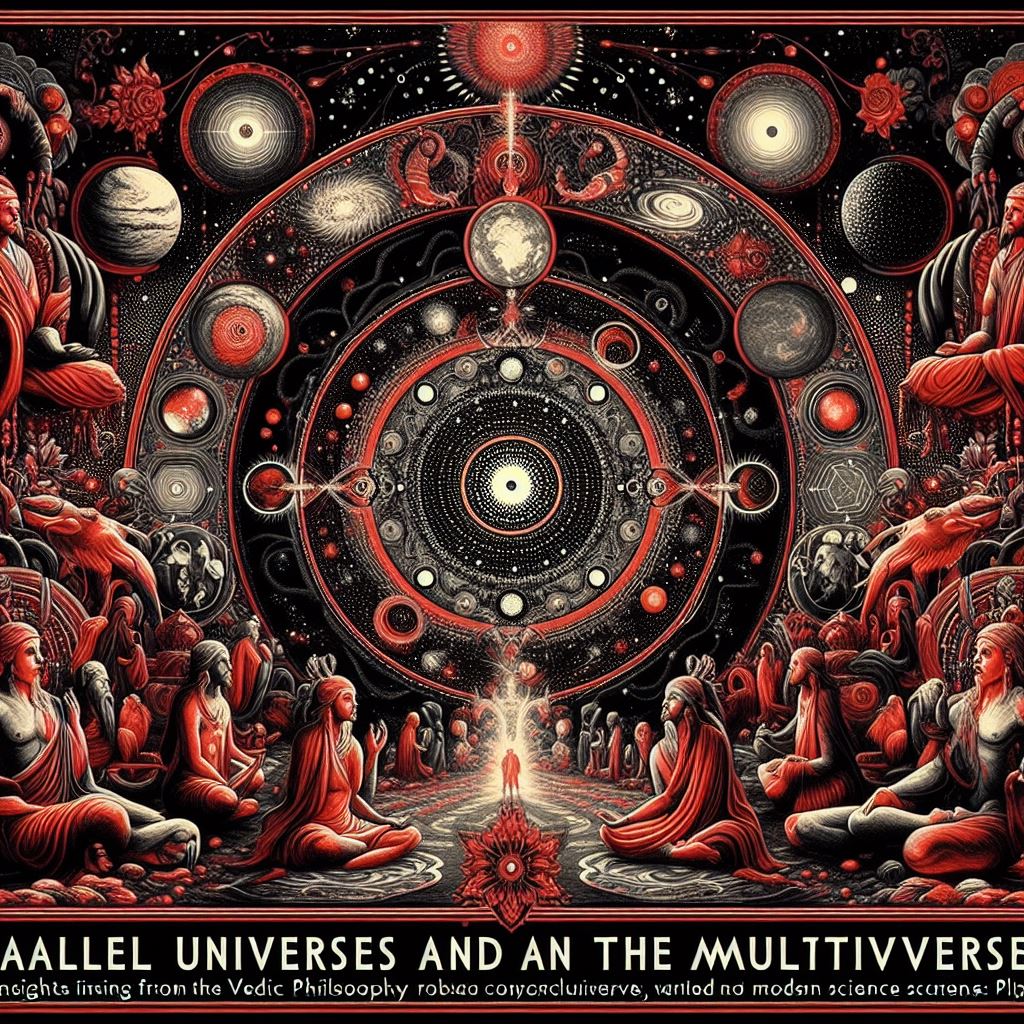
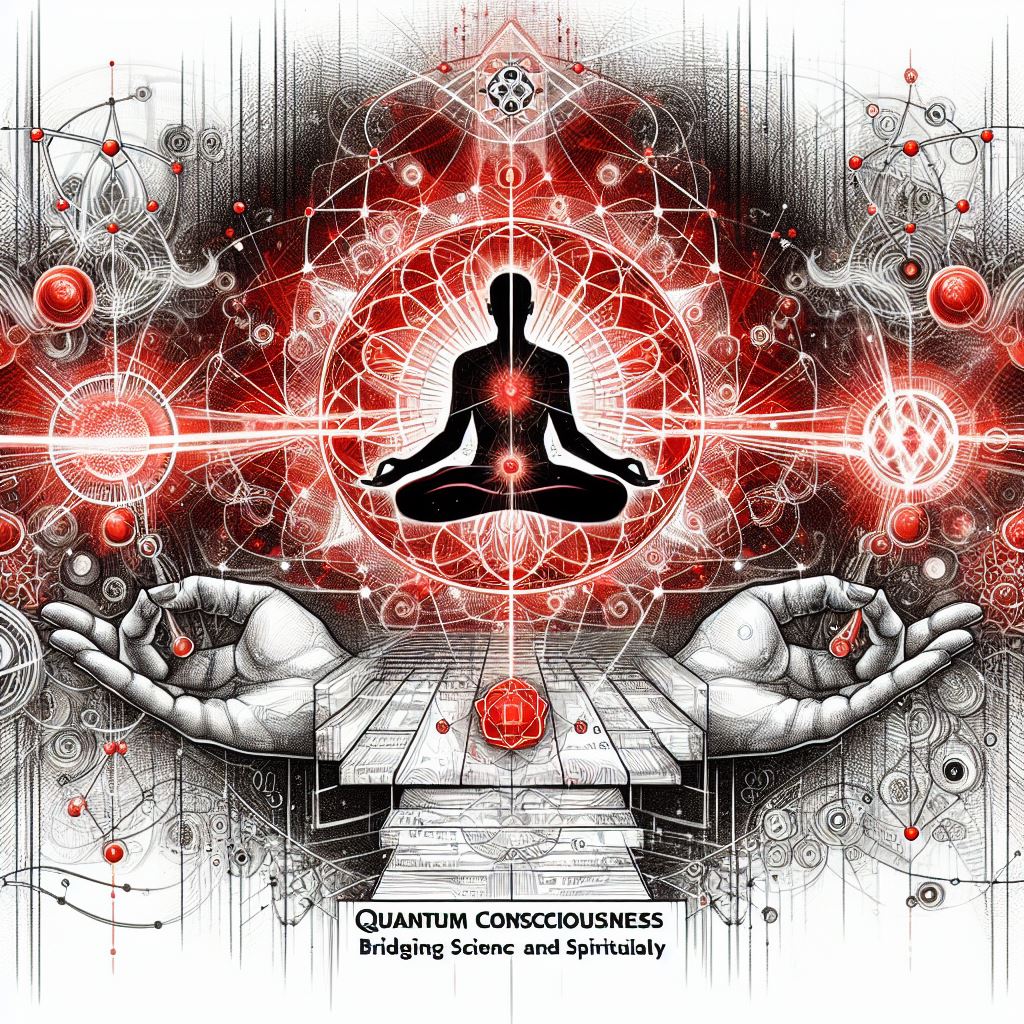
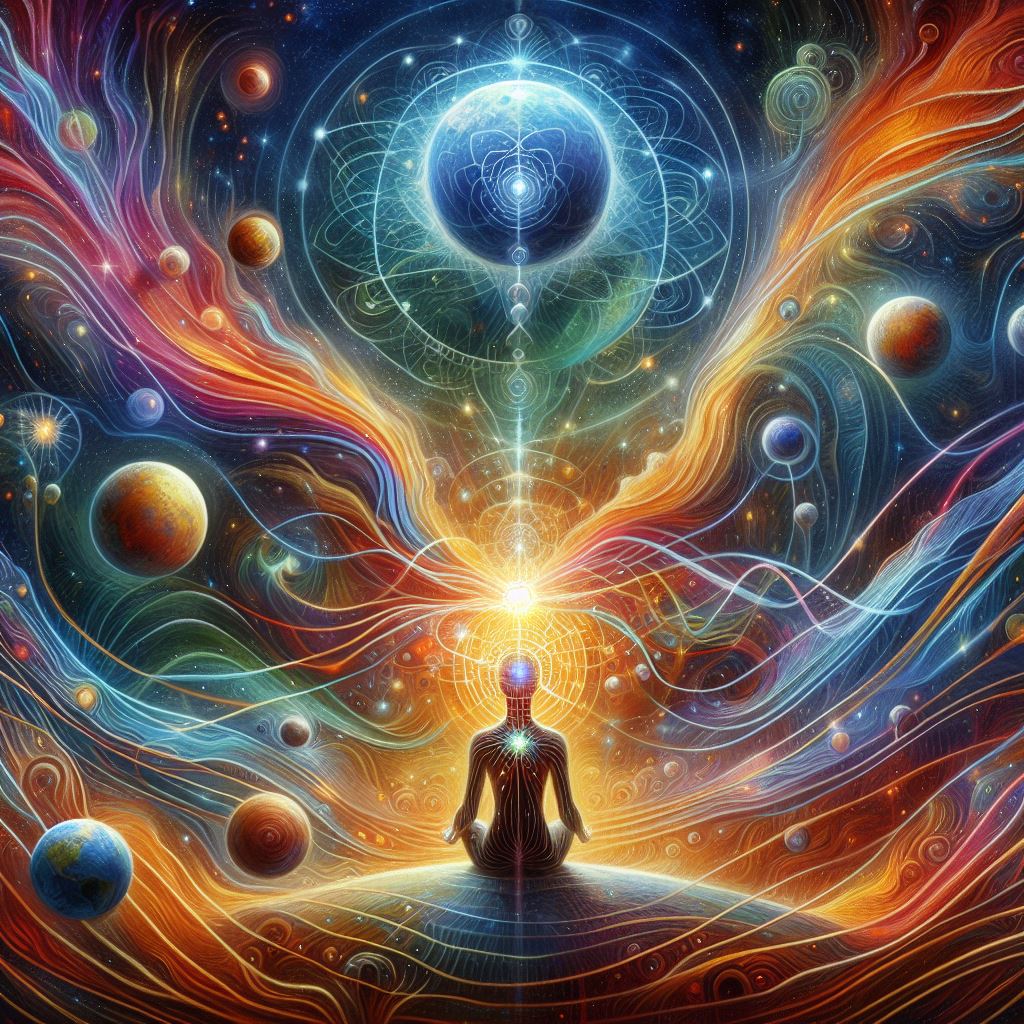
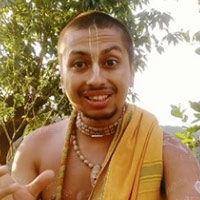
Origin of Science
The Existence of the Soul: Exploring Neuroscience, Quantum Physics and Vedic Philosophy
Temporal Relativity in Vedic Literature: An Interdisciplinary Analysis of Time Dilation Narratives
Acharya Kaṇāda: The Ancient Sage Who Discovered the Atom
Evidence of Vedic Sanātana Hinduism as a Global Dharma
Perception of Quantum Gravity and Field Theory in the Vedas
String Theory as Mentioned in Veda
Sanskrit’s Role in Advancing AI: A Comprehensive Study
The Vedic Model of the Mind: A Contemporary Exploration
Vedic Contributions to Geometry: Unveiling the Origins of Mathematics
Matter and Consciousness in Achintya Bhedābheda: Bridging with Quantum Physics
A Comprehensive Study of Aeroplanes and Aviation in Vedic Literature
Hydrology and the Water Cycle in Vedic Scriptures